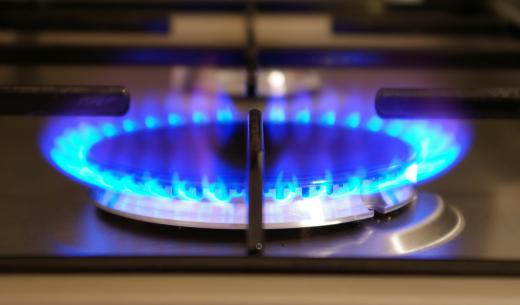A pilot valve is a valve that controls the flow of some kind of control feed through which fluids flow. These valves have a limited flow control to another, separate valve that is piloted as well. There are many different types of valves and systems for flow control that use these types of valves. The valves operate in a fluid flow system that uses a gas or liquid. Some pilot valves come with what is called a dead man’s switch, which is a switch that activates as an emergency failsafe if an operator has become incapacitated through injury or death.
A common type of pilot valve operates through the use of an orifice that is self-cleaning and is controlled by a human operator. The valve includes a pin inside the orifice that connects pressure from two chambers: the main and control chambers. This pin acts as an intermediary between the two and allows, or does not allow, certain amounts of fluid to pass through, which in turn controls the amount of pressure at that point of the fluid system. A separate outlet orifice connects to the chamber orifice and this is where the fluid is released. This kind of pilot valve can be found in many kinds of fluid systems.

Some pilot valves are used to reduce the amount of pressure in a flowing fluid system. It can be operated manually or by the use of a computer system that measures the rate of pressure and flow of the fluid. The main benefit of using this type of pilot valve is that it can prevent pipelines from breaking due to very high pressure, especially pipelines with gas, which can become a fire hazard. This valve may also be used in pipelines that carry water supplies to certain locations, maintaining outlet pressure without regard to the system’s inlet pressure. Other common systems to use this type of valve include air conditioning and fire control systems.
Another type of pilot valve controls the flow of gas to an appliance, such as a kitchen stove. These pilot valves are connected to a small, computerized component and have sensors to detect flow rate and pressure in the system. Upon detection of certain pressures, the valve is automatically controlled to open or close if the flow rate is too high or low. Pressure is also measured and affects the controls of the system as well. The purpose of this pilot valve is to maintain the equilibrium of the system’s pressure and flow.
